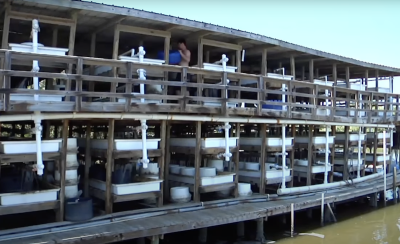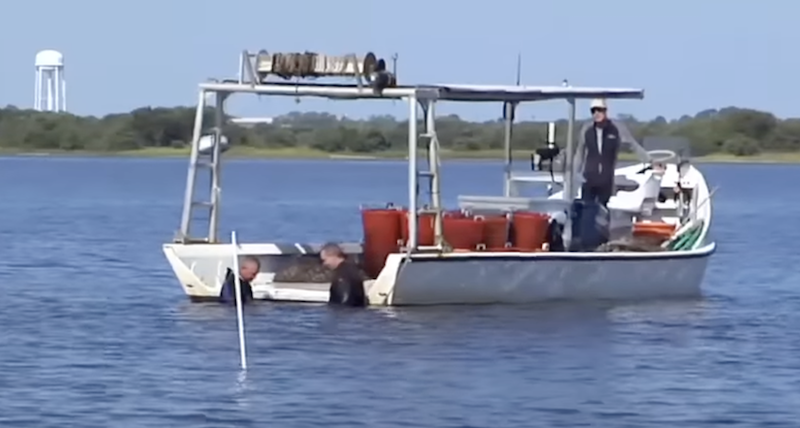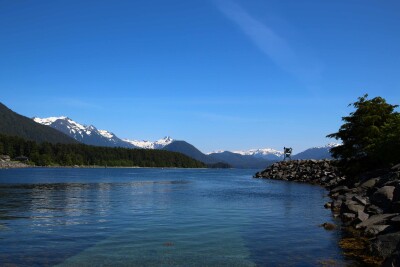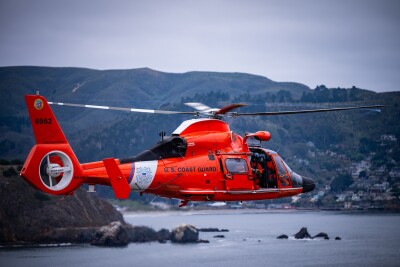Swelling to a category 4 storm just before landfall on Florida’s Big Bend, Hurricane Idalia drove storm surges ashore Wednesday hours before seasonal high tides added more water on top, inflicting heavy damage in the state’s northwest corner.
Idalia made landfall around 7:45 a.m. in rural Taylor County, about 90 miles southeast of the state capitol at Tallahassee, with sustained wind speeds of 125 mph before dropping to category 2 as it moved northeast overland toward Georgia.
The region is dotted with small fishing villages like Cedar Key, where commercial fishing families displaced by Florida’s net fishing ban in 1994 established a major center for hard clam aquaculture. Water levels approached 7 feet over Cedar Key, flooding homes and businesses.
Cedar Key is one of the few Florida coastal communities not dependent on tourism as its primary industry, resident Michael Bobbitt told MSNBC: “It’s aquaculture by a wide margin.”
Shellfish farming infrastructure such as waterfront clam nurseries with their sheds and tanks are vulnerable to storm tides. During Idalia’s passage surges lasting beyond landfall were boosted by astronomical high tides – so-called king tides or supermoon tides, owning to the moon’s closer orbital approach to Earth and resulting tidal forces.
“It’s a little too early to tell in terms of effects on the clam industry,” said Leslie Sturmer, a shellfish aquaculture specialist at the University of Florida/IFAS Shellfish Aquaculture Research and Extension Program Cedar Key field office.
But early signs were hopeful, Sturmer said by cell phone Thursday as she and other staffers returned with boats that had been moved off island as a precaution.
“I expected all the lease poles to be down, but they’re not. So that’s not so bad,” said Sturmer. The Thursday tide was still too high to allow an assessment of how clams on the lease beds survived.
“We have 120 million clams come out of this island community annually, 90 percent of Florida’s production. That supports 500 jobs,” she said. “Tentatively, it doesn’t look as bad as it could be.”
Clammers Thursday were cleaning up around sheds and raceways in the island clam nurseries, and the university’s nursery facility seemed not to be as damaged as she had feared, Sturmer said: “I drove up expecting the worst.”

As clammers investigate the beds, they will determine if clams were buried by shifting sediment, or their bags balled up and displaced from the leases, said Strumer. After Hurricane Hermine, a category 1 storm in 2016, clam crop losses were estimated at 35 percent.
But the shellfish community is nothing if not resilient, with roots in the Florida commercial fishing industry’s drive to diversify after the political, economic and social chaos brought on by Florida’s 1994 net ban.
“We’ve got young guys, they’re third generation. They will replant and they will be back,” said Sturmer. “It’s been 30 years now.”







